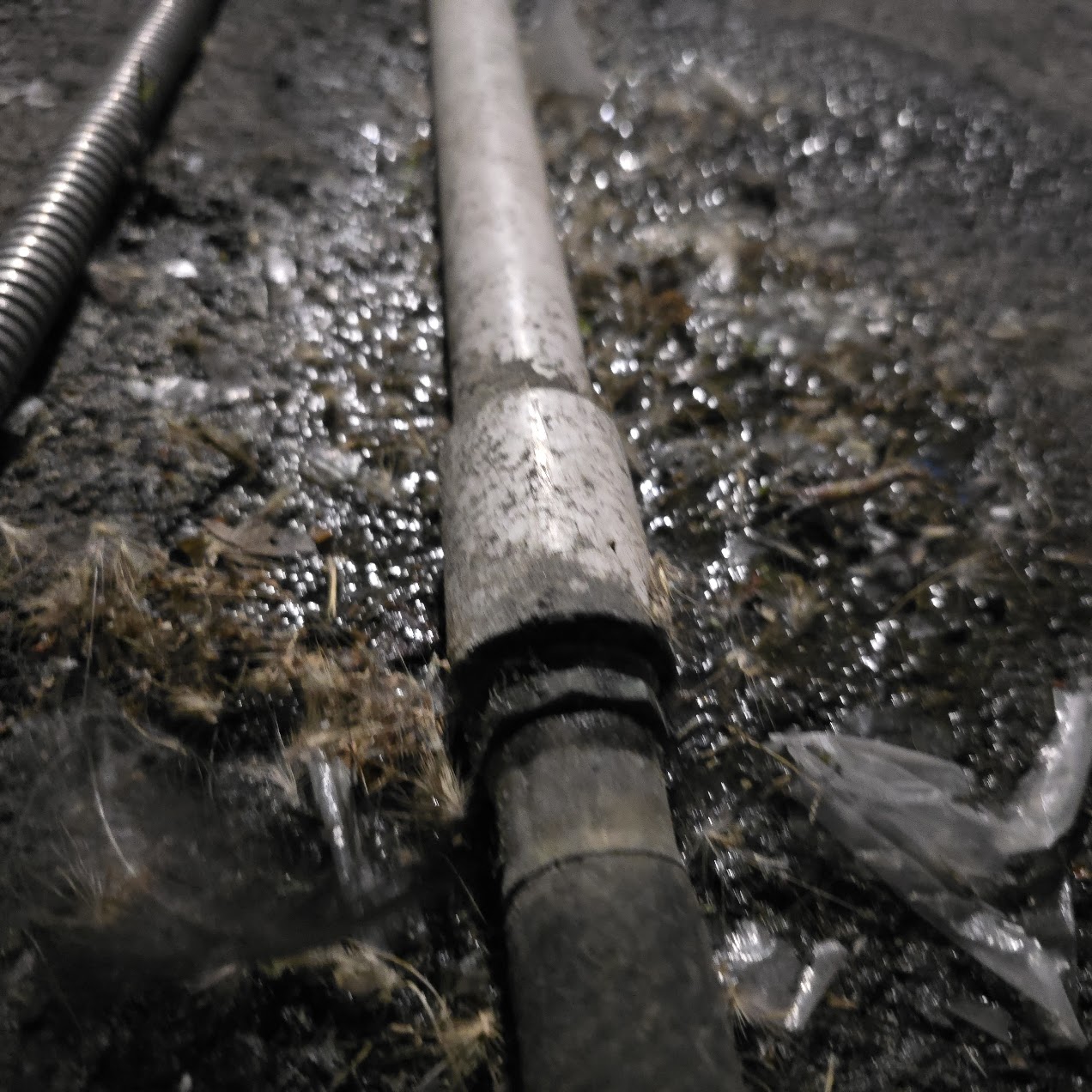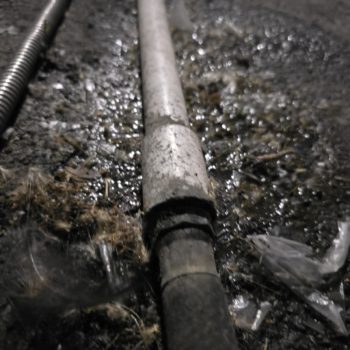Screwing a metal male adapter into a PVC female adapter is generally discouraged for several reasons:
- Difference in Thread Strength: Metal threads are harder and stronger than PVC threads. When screwed into the PVC female adapter, the metal male adapter can easily over-tighten, which can lead to cracking, stripping, or even breaking the PVC threads.
- Thermal Expansion: Metal and PVC expand and contract differently with temperature changes. Metal expands less than PVC, which can put pressure on the joint as temperatures fluctuate, increasing the risk of cracking over time, especially if the connection is under stress.
- Sealing Issues: PVC female adapters may not create a consistent, watertight seal with metal threads because of differences in how tightly each material holds the joint. This can lead to leaks if the materials shift slightly.
- Corrosion Risk: The metal in the adapter could corrode over time, particularly in environments where water is present, compromising the joint’s integrity and potentially affecting the PVC if corrosion products build up in the threads.
Safer Alternatives:
- Use a PVC male adapter into a metal female adapter if combining PVC and metal. This arrangement reduces stress on the PVC and makes it easier to avoid leaks.
- When possible, use all metal-to-metal or PVC-to-PVC fittings to maintain material consistency and compatibility across the connection.

Related Products
-
 1 in. Schedule 80 PVC Male Adapter Pipe Fitting 1" MNPT x Slip/Socket NSF ASTM D2467/D2464 NPT$0.53 As low as $0.480 in stockOut of stock
1 in. Schedule 80 PVC Male Adapter Pipe Fitting 1" MNPT x Slip/Socket NSF ASTM D2467/D2464 NPT$0.53 As low as $0.480 in stockOut of stock



















